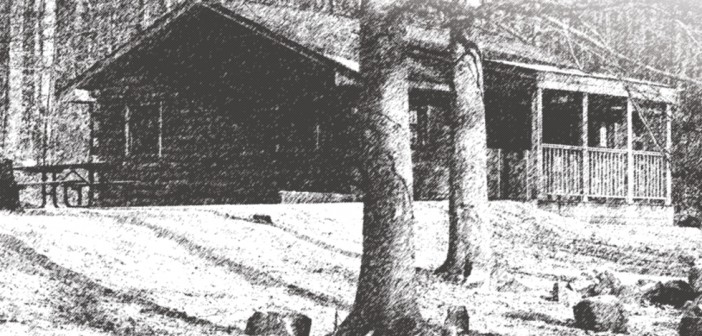Smith was born in Quebec in 1773 to a soap-maker. He married his first wife Mary Reed in 1798, spoke French and English, and worked in the family butchery. However, Detroit records from only two years later list Smith as a fur trader with the Chippewa population. In the search for opportunity, fur trading was a particularly lucrative field at this point in history, thanks to European fashions. Pelts, especially beaver and sea otter, as well as occasionally deer, bear, ermine and skunk, could make a man rich, if he were hardy enough to navigate the territory and savvy enough to trade with the native population. It is clear that by 1807, Smith had become fluent in the Chippewa-Ottawa dialect of the Algonquin language in order to augment his wealth.
Smith had a talent for trading and for fostering Native American relations, which made him very useful to American authorities during the war of 1812. Although there are several fictional anecdotes about his escapades in the war, it is true that in 1814, Smith used his skill to negotiate the release of the Boyer family, who had been taken captive by the Saginaw Chippewa tribe. He himself had also been captured by the Chippewa at the start of the war during a mission to bring information to Fort Michilimackinac. Smith worked as an intelligence gatherer, confidential agent and Indian interpreter-liaison. This work was unofficial, yet acknowledged by Lewis Cass, the second governor of the Michigan territory.
As a man, Jacob Smith was described by his contemporary and rival, Louis Campau, as “smart as steel.” Demonstrative of this fact is the role that Smith played in the Treaty of Saginaw in 1819 between the Chippewa-Ottawa tribe and the Americans. A great friend of one of the chiefs present at the treaty, and the father of a half-white half-native American daughter named Nancy, Smith managed to secure large reservations of land to his five white children, as well as to Nancy, by giving his white children Chippewa names. This caused decades of controversy after his death in 1825. The issue appeared to be finally settled in favor of Smith’s children in 1836, when “Congress passed an act to authorize the President of the United States to cause to be issued to Albert J. Smith [and his siblings]patents for certain reservations of land in Michigan Territory.” In fact, the legal battles continued until 1856!
Jacob Smith was a controversial figure in his lifetime and left an uncertain legacy for his heirs. What is certain, however, is that his intrepid forage into the Michigan territory was the beginning of a city that would help define the state’s major industry in each significant era of its history.
The place where Smith’s cabin stood is now the site of a State of Michigan historical marker at the corner of W. First Avenue and Lyon Avenue in the city of Flint.
For a biography on Jacob Smith’s life, turn to The Daring Trader: Jacob Smith in the Michigan Territory, 1802-1825 by Kim Crawford. ♦














